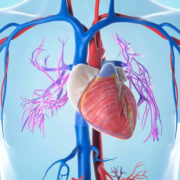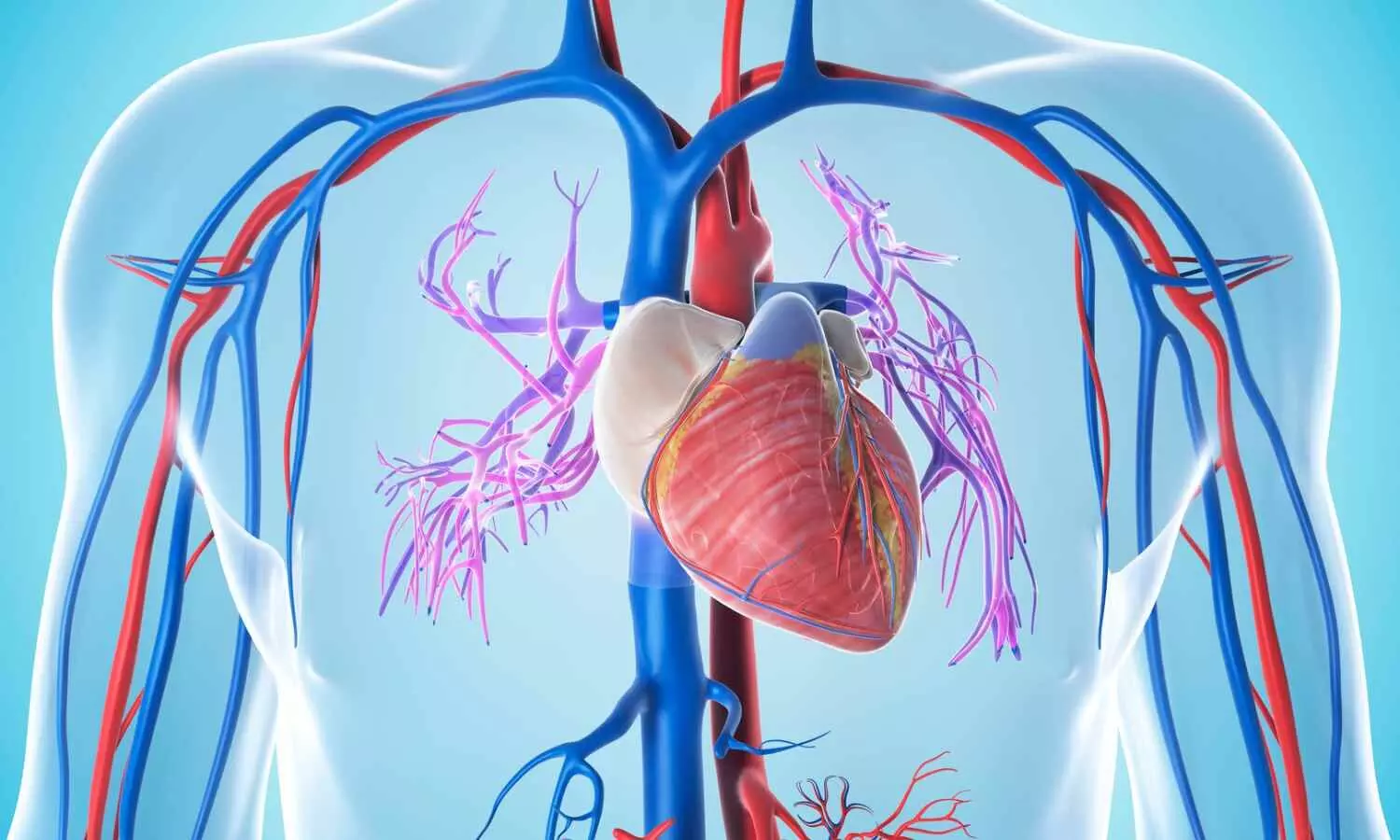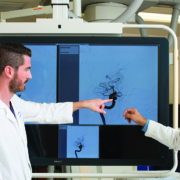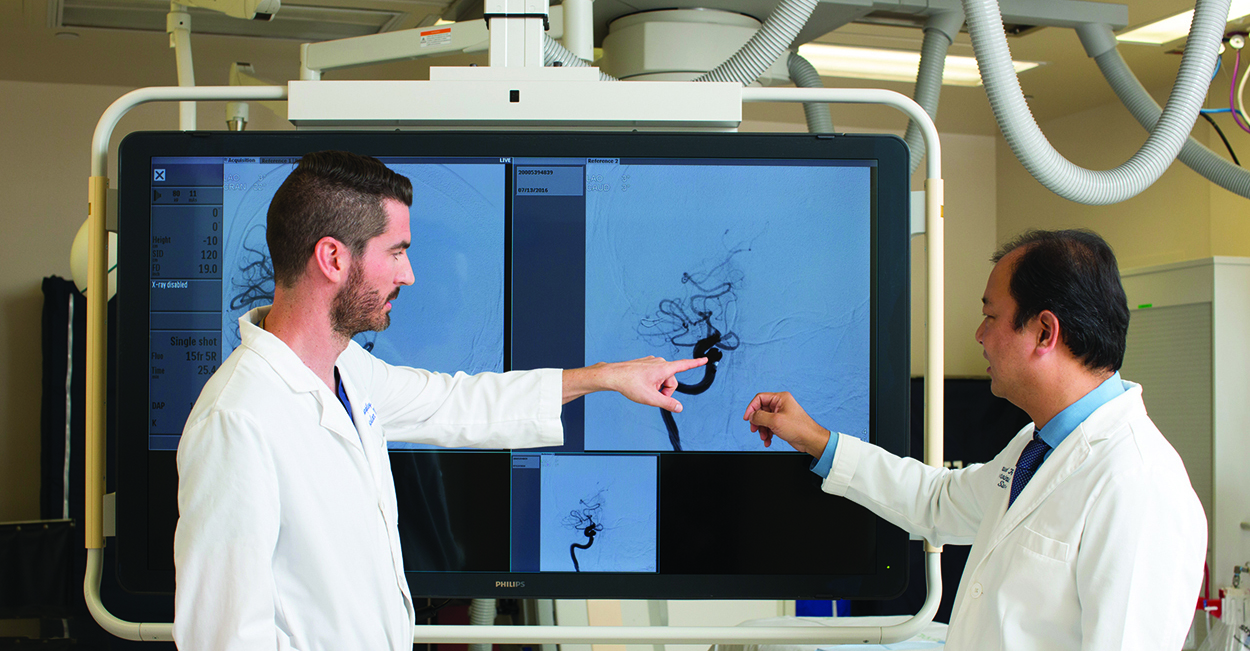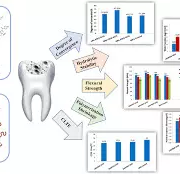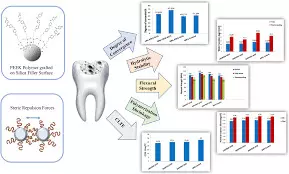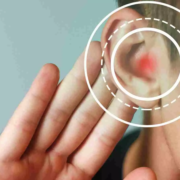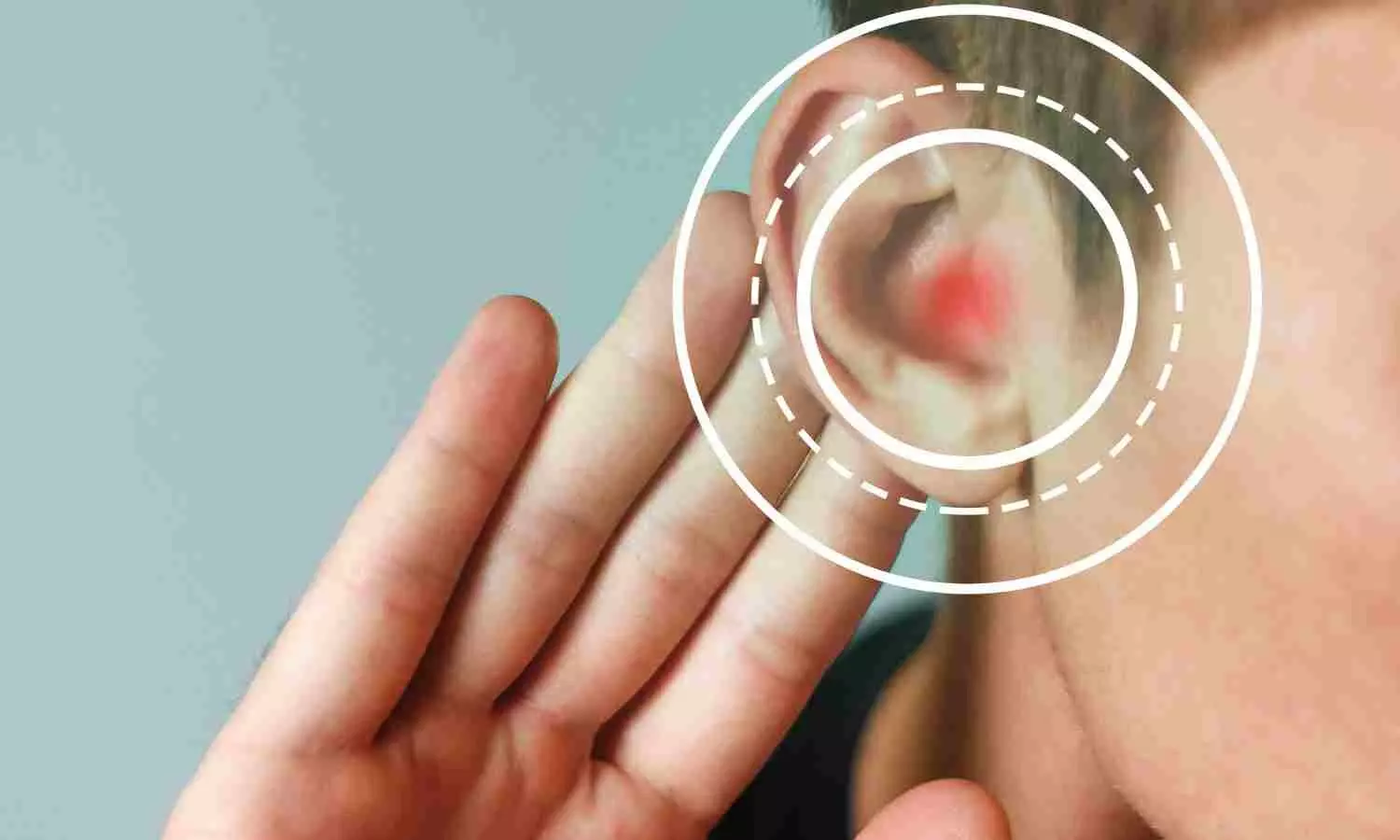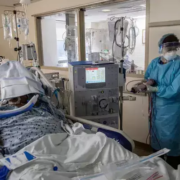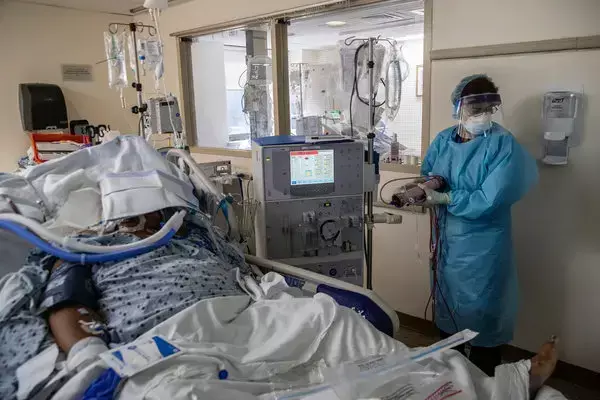BMI and Waist Circumference Show Mixed Links to Diabetic Complications in Type 2 Diabetes, Study Finds

Japan: A large-scale Japanese study has uncovered complex relationships between body mass index (BMI), waist circumference (WC), and the risk of serious complications in individuals with type 2 diabetes mellitus (T2DM). Published in Diabetes, Obesity and Metabolism, the study was led by Dr. Megumi Nokihara and her team from the Department of Hematology, Endocrinology, and Metabolism at Niigata University Faculty of Medicine in Niigata, Japan.
The research drew on data from over 114,000 patients with T2DM, making it one of the most comprehensive investigations of its kind. Participants were followed for a median of 4.6 years to assess how BMI and WC might influence the likelihood of developing major diabetes-related complications.
The study revealed the following findings:
- Higher BMI and greater waist circumference were not consistently linked to worse outcomes in individuals with type 2 diabetes.
- Elevated BMI in women and a waist circumference of 95 cm or more in men were associated with a lower risk of developing diabetic eye disease requiring treatment.
- Men with larger waist circumference had a hazard ratio (HR) of 0.79 for diabetic eye disease, indicating reduced risk.
- A BMI of 25 kg/m² or higher or a waist circumference of at least 90 cm was linked to a significantly lower risk of progressing to dialysis (HR 0.42).
- The protective association of higher body metrics was not observed for all diabetic complications.
- Both BMI and waist circumference showed a U-shaped relationship with heart failure risk, where both low and high values increased risk.
- A BMI ≥25 kg/m² and WC ≥90 cm were associated with a higher risk of heart failure (HR 1.33).
- Abdominal obesity was linked to an increased risk of cerebrovascular disease, with a hazard ratio of 1.36.
- Men with very low BMI (<20 kg/m²) showed a higher prevalence of coronary artery disease, indicating that being underweight also carries cardiovascular risks.
The authors conclude that BMI and waist circumference have nuanced and varied associations with diabetic complications. These results highlight the need for individualized risk assessments when setting weight-related health goals for people with T2DM. Instead of adopting a one-size-fits-all approach, clinicians are encouraged to consider the type of complication when advising patients on weight and abdominal fat targets.
“Body mass index and waist circumference showed both protective and harmful associations with various diabetic complications,” the researchers wrote. “Hence, it is important to individualize BMI and waist circumference targets based on the specific complication being addressed, while also taking into account the potential risk of other related health conditions.”
Reference:
Nokihara M, Fujihara K, Yaguchi Y, Takizawa H, Khin L, Ferreira EA, Sato T, Horikawa C, Kitazawa M, Matsubayashi Y, Kodama S, Sone H. The associations of body mass index and waist circumference with the risk of diabetic complications in people with type 2 diabetes mellitus. Diabetes Obes Metab. 2025 May 16. doi: 10.1111/dom.16461. Epub ahead of print. PMID: 40375805.
Powered by WPeMatico




